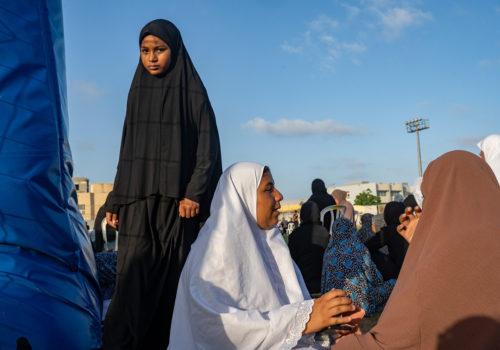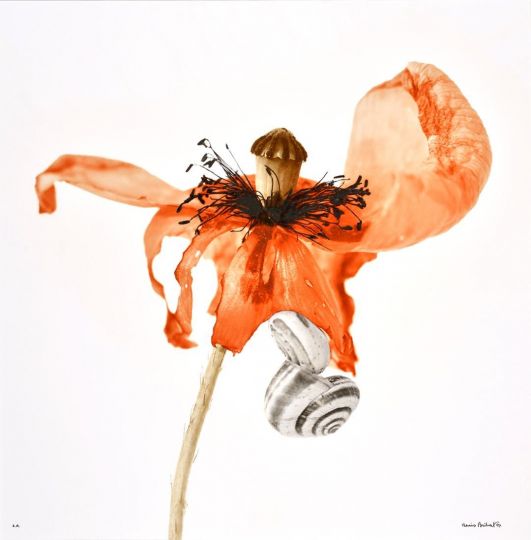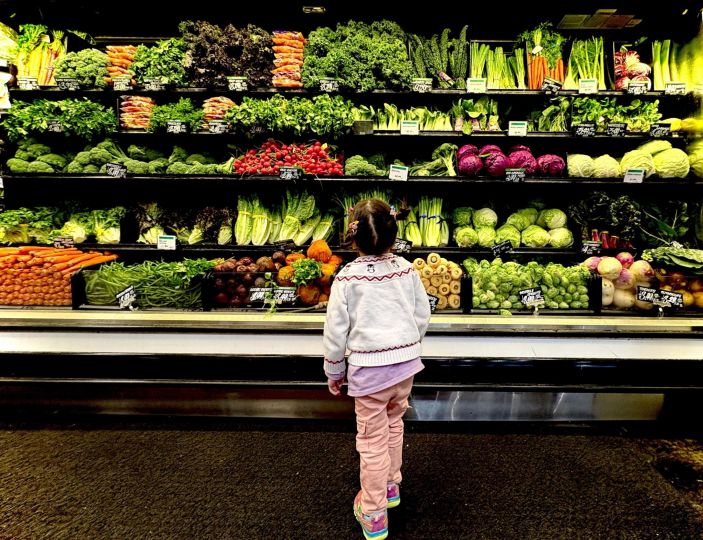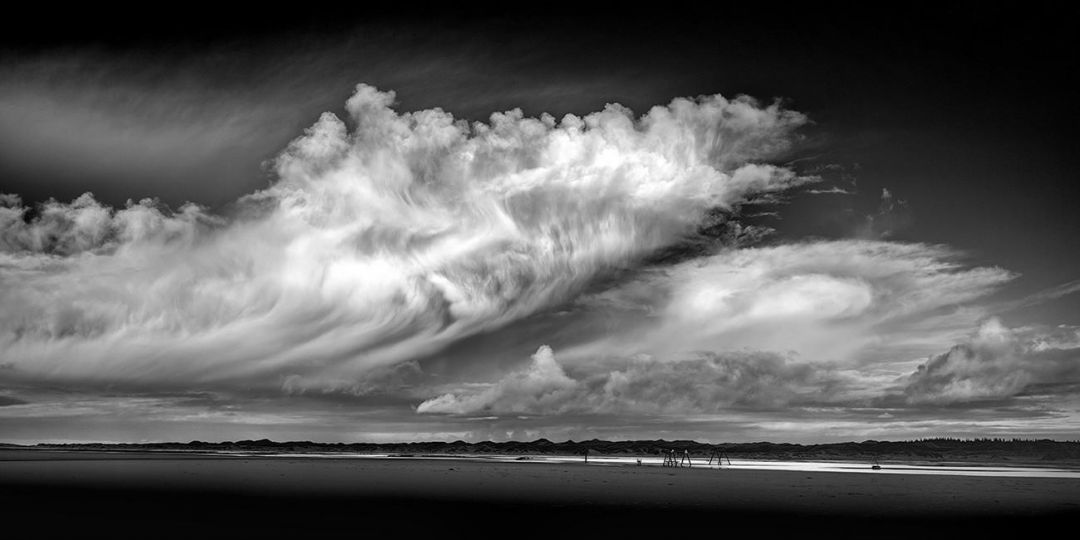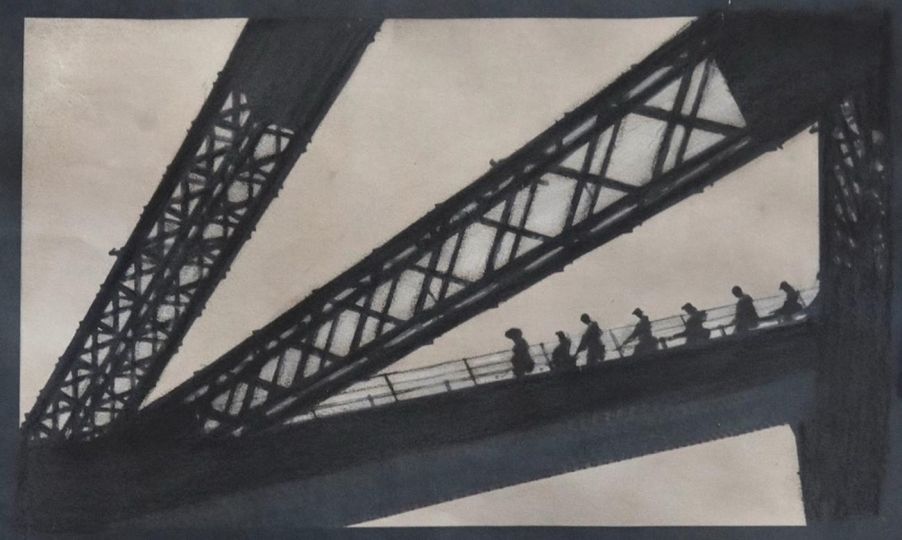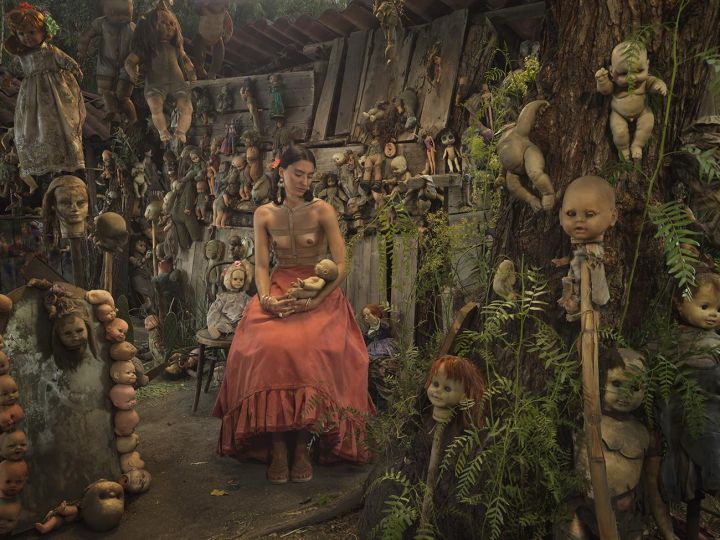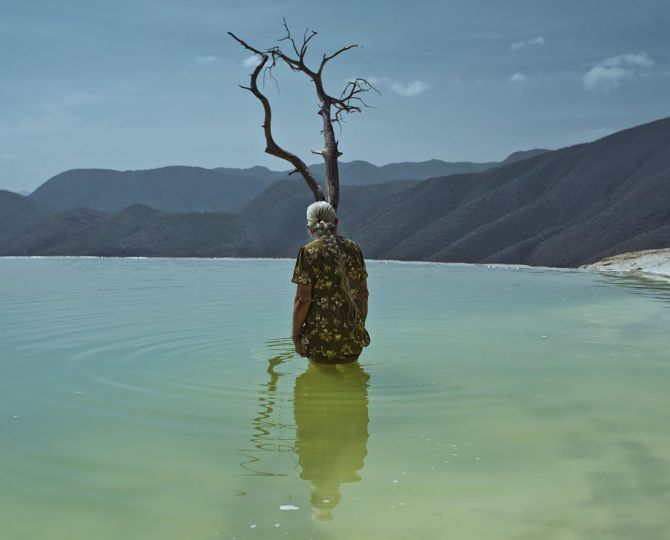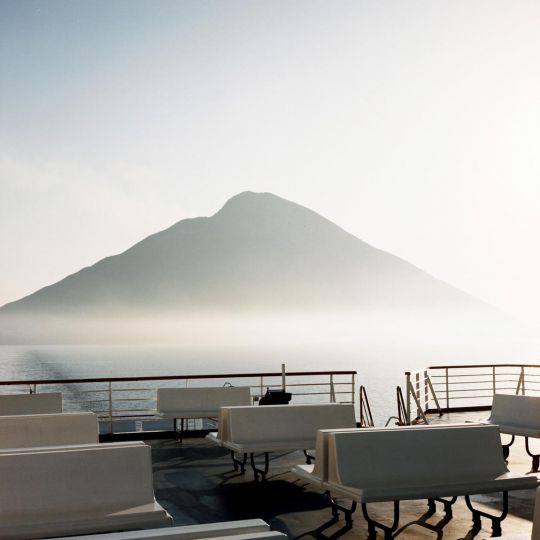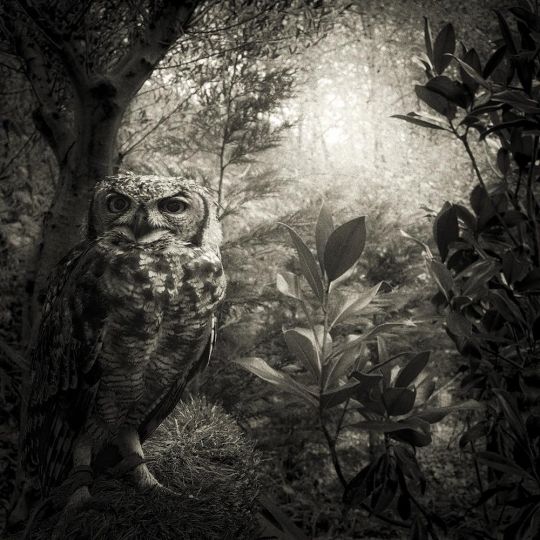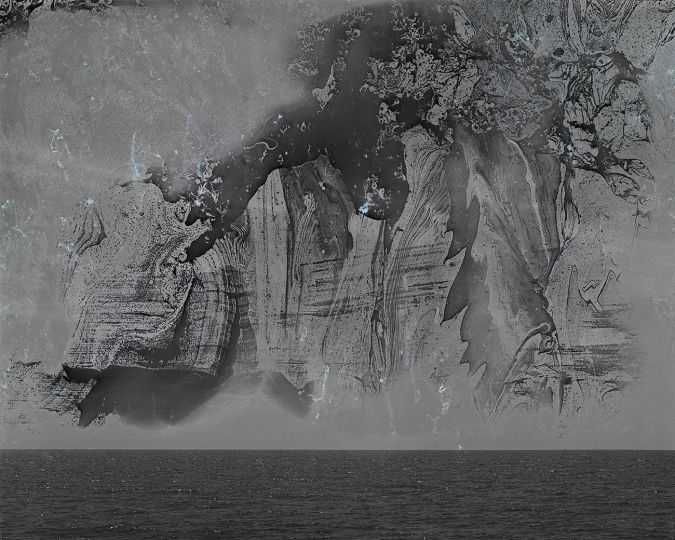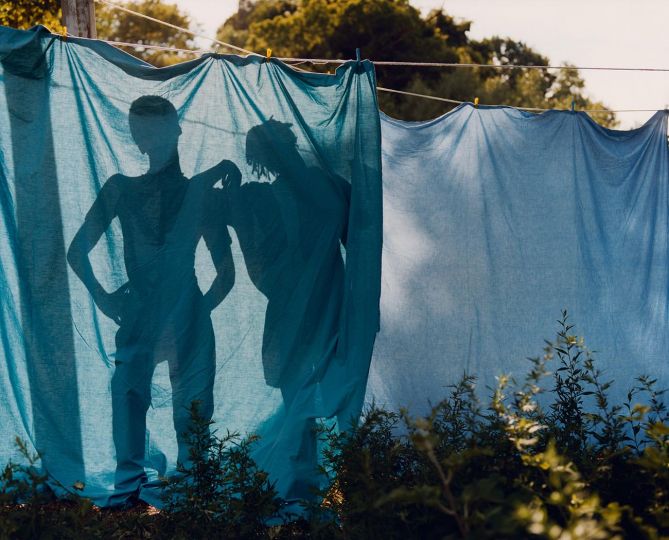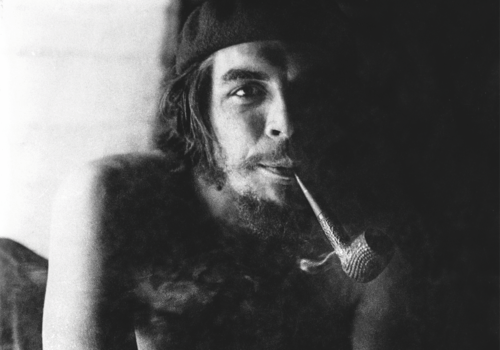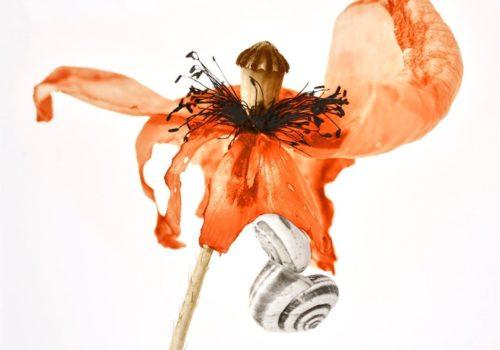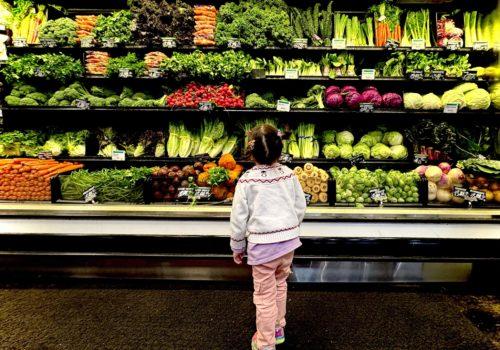Sharon Eilon is an Israeli-based photographer specializing in documentary photography, street photography, and photojournalism. Her journey into photography began after a health crisis that led her to seek treatment in India. This transformative experience not only restored her health but also shifted her perspective on life. The phrase “appreciating life” became a genuine motivation for her to pursue her passions, with photography emerging as her greatest love.
Intrigued by the diversity and shared threads of human experience, Sharon aims to capture the rich spectrum of life—celebrating both its wonders and struggles. As a visual storyteller, she focuses on the everyday lives of people around the world, documenting societies and cultures through the individuals who comprise them.

